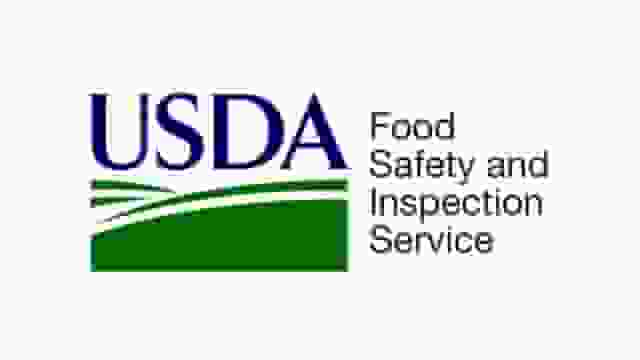August 31, 2022, Washington, D.C. – The U.S. Department of Agriculture (USDA) is working with 42 states and territories all over the country to help families with children buy food during the summer. About 32 million children in these states and territories will get temporary nutrition aid worth about $12.5 billion from these states and territories.
Hunger has always been a problem in the summer when school is out, but electronic benefit transfer, or EBT, has been shown to help families pay for food. When prices go up, these benefits are even more important. The Biden Administration is doing everything it can to make sure that all states are ready to give families P-EBT benefits during the summer when children are more likely to go hungry.
“Providing children with the food and nutrition they need to live healthy lives is a year-round goal,” said Cindy Long, who runs the USDA’s Food and Nutrition Service. “We are proud to work with many states and territories to give food-buying benefits for the summer.” “We hope that the program will be used in all states so that all kids can get the healthy food they need and deserve.”
The Following States and Territories Have Plans Approved by the Usda to Give Out the Benefits:
Alabama, Arizona, Arkansas, California, Colorado, Connecticut, Delaware, District of Columbia, Florida, Hawaii, Illinois, Indiana, Kansas, Kentucky, Louisiana, Maryland, Massachusetts, Michigan, Minnesota, Mississippi, Montana, Nebraska, Nevada, New Jersey, New Mexico, New York, North Carolina, North Dakota, Ohio, Oklahoma, Pennsylvania, Puerto Rico, Rhode Island, South Carolina, Tennessee, Texas, Utah, Vermont, Virginia, Washington, West Virginia, and Wisconsin.
USDA is still helping other states with their P-EBT plans for the summer.
We’ve partnered with more than 40 states and territories across the country to provide summer food buying benefits to families with children ⬇️ https://t.co/UEACrKeJqF
— Dept. of Agriculture (@USDA) August 31, 2022
This short-term nutrition benefit is called Summer P-EBT. Children can get it if they get free or reduced-price school lunches during the school year or if they are under six and live in a SNAP household. The benefits are put on a card that works like a debit card and can be used to buy food. Families with eligible children get an average of $391 per child for the summer. Families in Alaska, Hawaii, and other U.S. territories get more money.
The Summer Food Service Program (SFSP) ensures that children continue to get the #nutrition they need to grow, learn, and thrive when school is not in session. Learn more about how @USDA is updating and streamlining #SFSP. https://t.co/aoHPSpqLrd pic.twitter.com/yuffPX2DFP
— USDA Nutrition (@USDANutrition) September 20, 2022
There is a lot of evidence that giving summer child food benefits to families has good effects, such as:
READ MORE: Food Stamps 2022: Items You Can Buy With Food Stamps for Thanksgiving in 2022!
reducing by one-third the number of homes with children who don’t always have enough to eat; reaching children in many different places, including hard-to-reach rural areas; and getting more people to eat healthy foods like fruits, vegetables, whole grains, and dairy.
Go to the P-EBT website to find out more about the program. See also the blog posts titled “Frequently Asked Questions” and “Summer P-EBT.”
How to Families Get Information About Food Stamps in Washington
Families who need more food help for their children can call the USDA National Hunger Hotline, which is run by Hunger Free America. This number connects people with food help in their local communities. The hotline can be reached at 1-866-3-HUNGRY (1-866-348-6479) (for English) or 1-877-8-HAMBRE (1-877-842-6273) (for Spanish) from 7 a.m. to 10 p.m. ET, Monday through Friday (for Spanish).
The USDA’s Food and Nutrition Service uses its 15 nutrition assistance programs to make sure that children, low-income people, and families have equal access to safe, healthy, and nutritious food. This gives them a chance for a better future and makes the food system stronger.
Secretary Tom Vilsack is in charge of FNS, which is working to end food and nutrition insecurity for everyone through programs like SNAP, school lunches, and WIC. Through its work on the Dietary Guidelines for Americans, FNS also gives nutrition advice based on scientific research. Visit www.fns.usda.gov and follow @USDANutrition to find out more.


